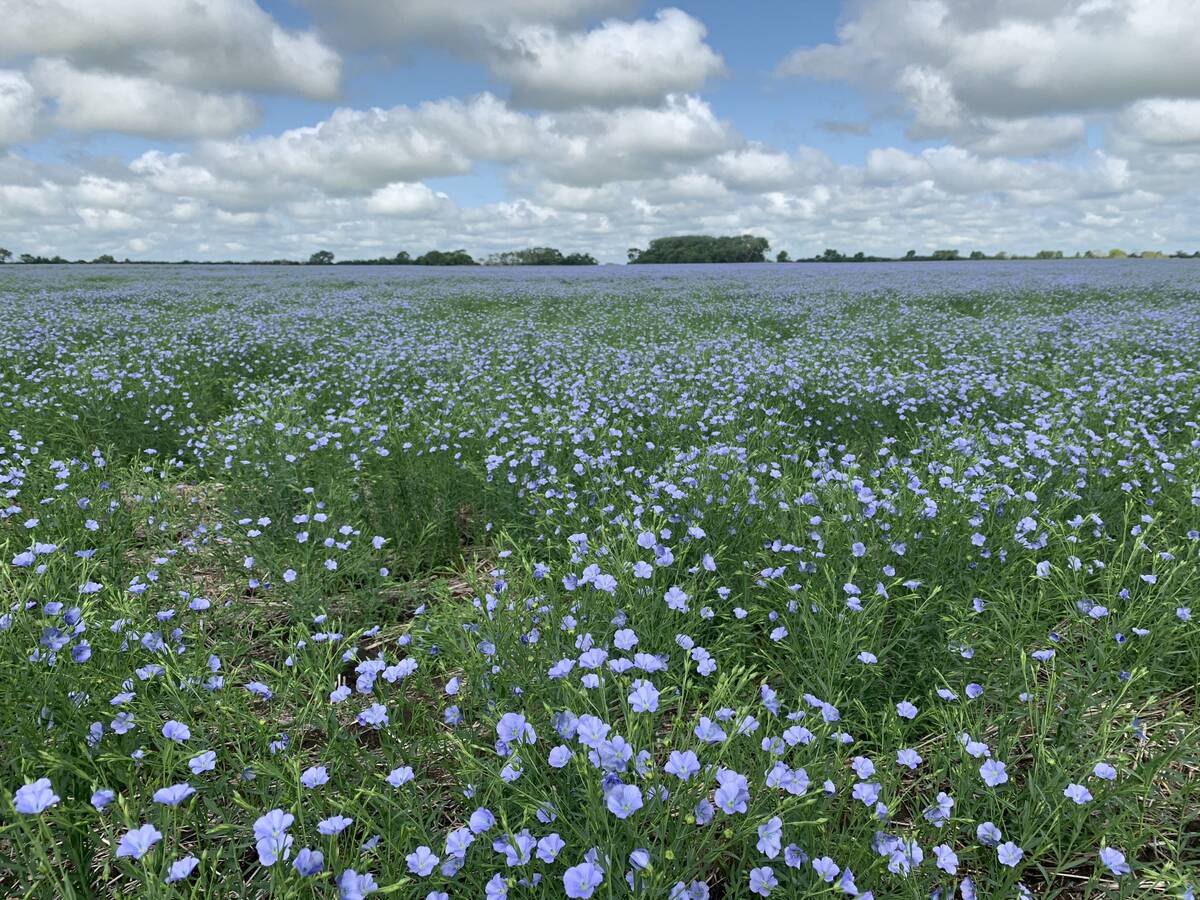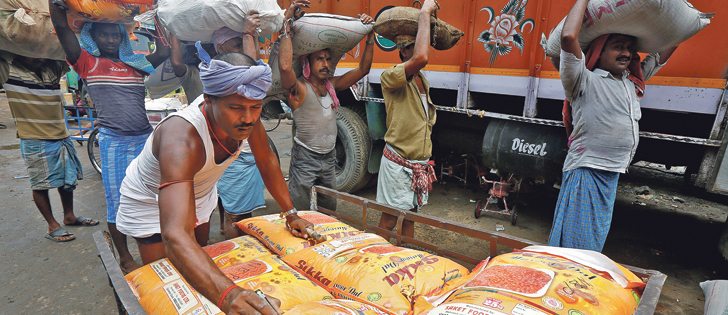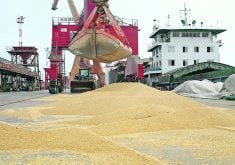India is contemplating import duties on peas and lentils, says a commodity markets specialist.
In an article he wrote for the Hindu Business Line, G. Chandrashekhar said the Indian government is at its wits end trying to figure out how to prop up low pulse prices.
Market rates for pigeon peas are 20 percent below the government’s minimum support price.
In response, the government has restricted imports of pigeon peas, black gram and green gram to 300,000 tonnes annually.
Chandrashekhar said many fear the government is now going to turn its attention to other pulses such as chickpeas, yellow peas and lentils.
Read Also

Flax sector sees omega-3 opportunity
SASKATOON — A global shortage of omega-3 oils could be an opportunity for the flax sector, says an industry official….
“A tariff barrier (imposition of customs duties) is being contemplated,” he said.
Chandrashekhar said that would be a short-sighted move that would punish Indian consumers, especially in the case of yellow peas, which are the cheapest pulse in the world and the only thing keeping chickpea prices from running away.
Brian Clancey, editor of Stat Publishing, says Canadian exporters do not need to fret as long as the trade action is limited to duties.
“If all they’re talking about is import duties on peas, that’s fine. That’s not a big issue,” he said.
That’s because yellow peas are the cheapest pulse in the world and while a duty could make the product more expensive, it would still be an affordable substitute for chickpeas.
However, if India decided to implement an import quota as it has with pigeon peas and gram, that would be a disaster.
Gord Bacon, chief executive officer of Pulse Canada, said duties would be better than the phytosanitary-based trade barrier Canada currently faces.
As of Oct. 1, Canadian exporters either have to have their shipments fumigated with methyl bromide in Singapore or pay five times the normal inspection fee upon arrival in India, which amounts to about $15 per tonne.
Other exporters such as the United States and France have an exemption from the policy that lasts through Dec. 31.
Bacon said the import duty threat arises every four or five months. India would be within its rights under World Trade Organization rules to apply the duty.
“We recognize the Indian government has an obligation to provide some level of support to Indian farmers who are some of the poorest people in the world,” he said.
However, any policy change India makes must be applied fairly and with enough advance notice that markets can adjust, said Bacon.
He hopes the fumigation issue can be resolved before or during a November trade mission to India involving three Canadian cabinet ministers.
Canadian pulse exports are al-ready off to a slow start because of lacklustre demand from India.
The country is coming off a year where it produced 23 million tonnes of pulses, which is 20 percent higher than the previous record. It also imported a staggering 6.6 million tonnes.
India is in the midst of harvesting the second biggest kharif crop on record and is concurrently planting what is expected to be another big rabi crop.
Chandrashekhar believes the combined 2017-18 crop could be 21 million tonnes, which would be the second biggest on record.
And that’s on top of the estimated 2.5 million tonnes of stocks in government and private trade inventory.
That is why Chandrashekhar said imports are “sure to take a beating” this year.
Canada’s bulk pea exports are down 484,000 tonnes through week 12 of the 2017-18 campaign compared to the previous year, while bulk lentil exports have fallen 220,000 tonnes.
“We’ve taken a big kick already without any of these other added issues,” said Clancey.
“I honestly do not believe farmers understand just how much of a change there’s been in export movement. I think that they think it’s a trick.”
Farmers have been slow to deliver their pulses into the system. Once they capitulate and start to sell, there will be more downward pressure on prices, which would make any Indian import duty even less relevant.
Clancey said buyers such as China and Cuba will pick up some of the slack, but it won’t be enough to offset the decline in Indian demand this year. His advice to farmers is to take advantage of any mini-price rallies that arise.
















